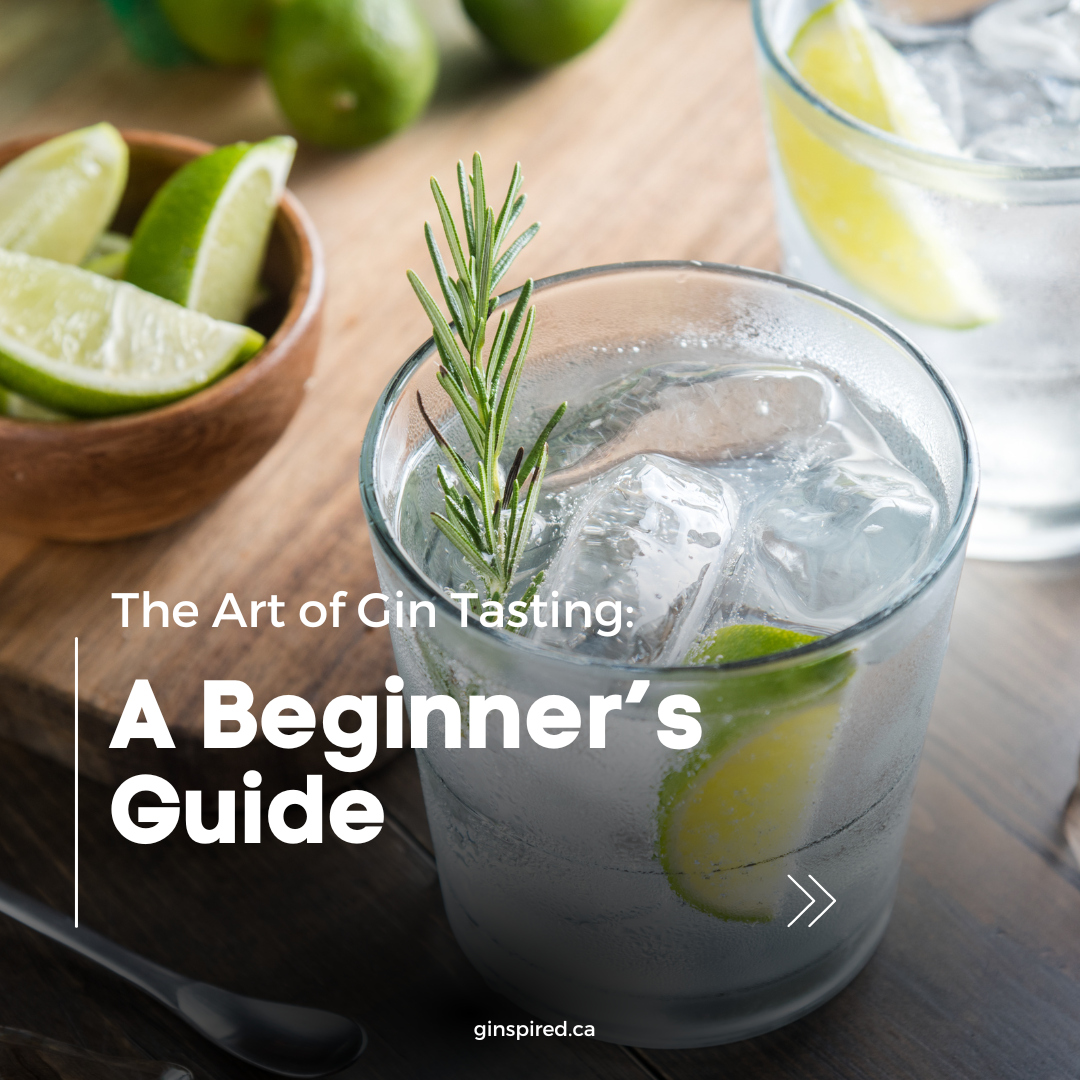The Art of Gin Tasting: A Beginner's Guide

Gin, a spirit with a rich history and a complex array of flavors, has become much more than a simple mixer for cocktails. As ginthusiasts continue to explore the nuances of this beloved spirit, a fundamental skill takes center stage: the art of gin tasting. In this beginner's guide, we'll unravel the secrets behind appreciating the diverse world of gin.
Before delving into the tasting process, it's crucial to have a basic understanding of what gin is. Gin is a distilled spirit that derives its predominant flavor from juniper berries, but it's the combination of various botanicals during the distillation process that gives each gin its unique character. These botanicals can include anything from citrus peels to exotic spices, creating a spectrum of flavors waiting to be explored.
Proper glassware and presentation can significantly enhance the tasting experience. Opt for a tulip-shaped glass, allowing the aromas to concentrate at the top, and pour a moderate amount of gin—enough to cover the bottom but leaving ample room for swirling. Trying gin neat the first time is the best way to experience a new gin.
The Five Senses of Gin Tasting:
- Sight: Begin your journey by appreciating the visual aspects of the gin. Observe the clarity and color, noting that gin is typically a clear spirit. Swirl the glass gently and observe the "legs" or "tears" that form on the sides—a hint at the gin's viscosity.
- Smell: Bring the glass to your nose and inhale deeply. Take note of the botanical aromas that waft through the air. Juniper is often the star, but try to identify subtler scents like citrus, floral notes, or spicy undertones. The nose of a gin can reveal much about its complexity.
- Taste: Now, it's time to take that first sip. Let the gin coat your palate, exploring the different layers of flavor. Juniper might be the initial sensation, followed by a medley of botanicals and spices. Consider the balance between sweetness, bitterness, and any lingering aftertastes.
- Touch: Pay attention to the mouthfeel or texture of the gin. Is it smooth, velvety, or does it have a more pronounced bite? The texture can provide insights into the quality of the gin and the distillation process.
- Sound: While not as conventional, the sound of a good gin tasting can be the clink of ice or the gentle fizz of tonic. The auditory aspect adds another layer to the overall experience, engaging multiple senses.
Once you've tasted the gin neat, try it your favorite way. Whether that is with tonic, water, or juice, trying a new gin your go-to cocktail will really help you determine if you like it or not. But don't stop there! Most gins have suggested serving recipes on their website. If mixing it your usual way didn't wow you, try mixing it as the producer suggests. Sometimes that will change a ho-hum gin into something spectacular.
The art of gin tasting is a sensory adventure that invites you to appreciate the craftsmanship and creativity that go into each bottle. As you embark on your journey into the world of gin, remember that tasting is subjective. Experiment with different brands and styles, take notes on what you enjoy, and most importantly, savor the experience. Whether you're a casual imbiber or a dedicated gin connoisseur, the world of gin tasting awaits, promising a delightful exploration of flavors and aromas.
P.P.S. Keep track of all your gin tastings with our handy, printable Gin Tasting Journal.
And you can learn more about specific gin flavor profiles in our cookbook. Ginspired: The Ultimate Gin Cookbook